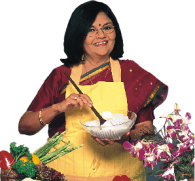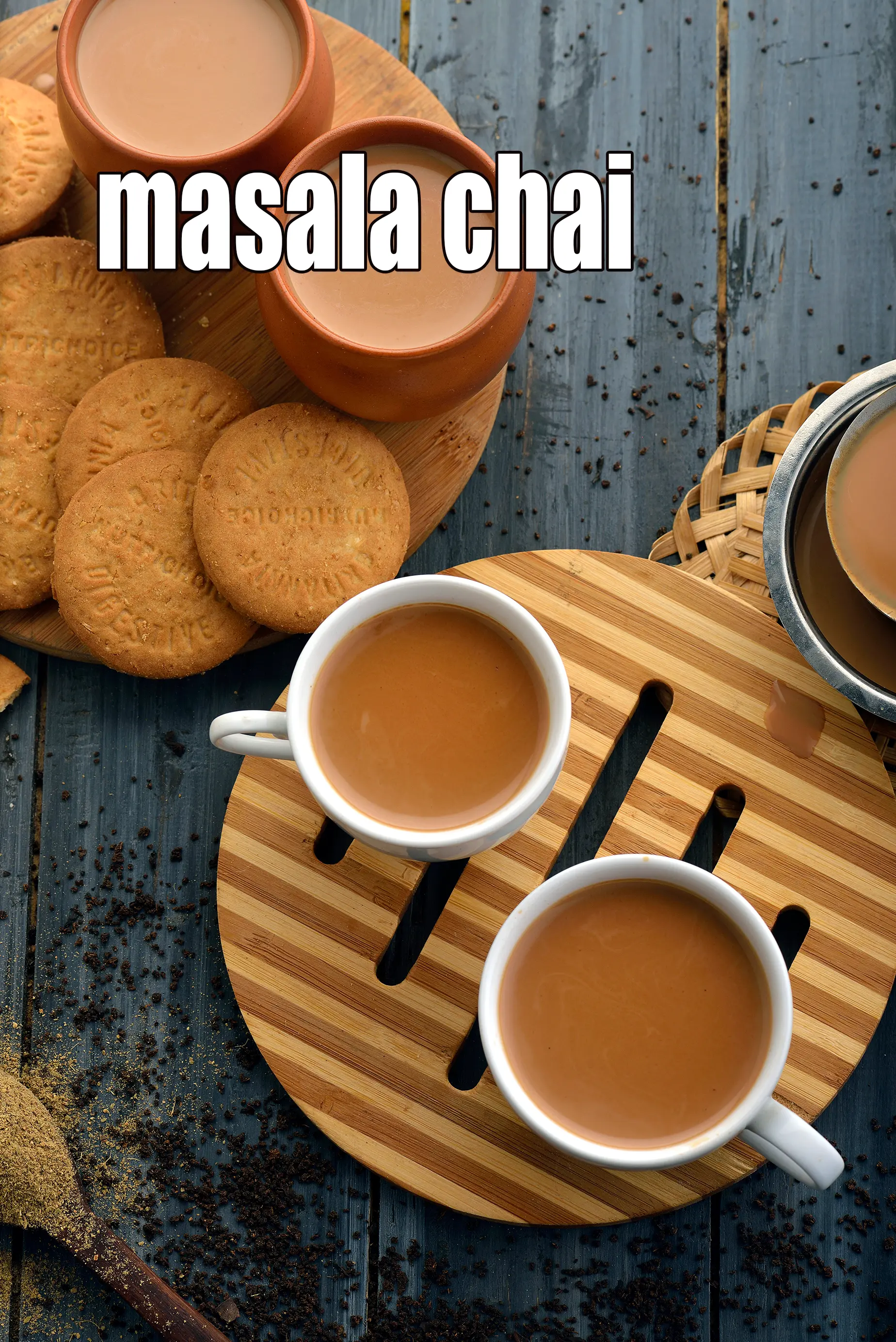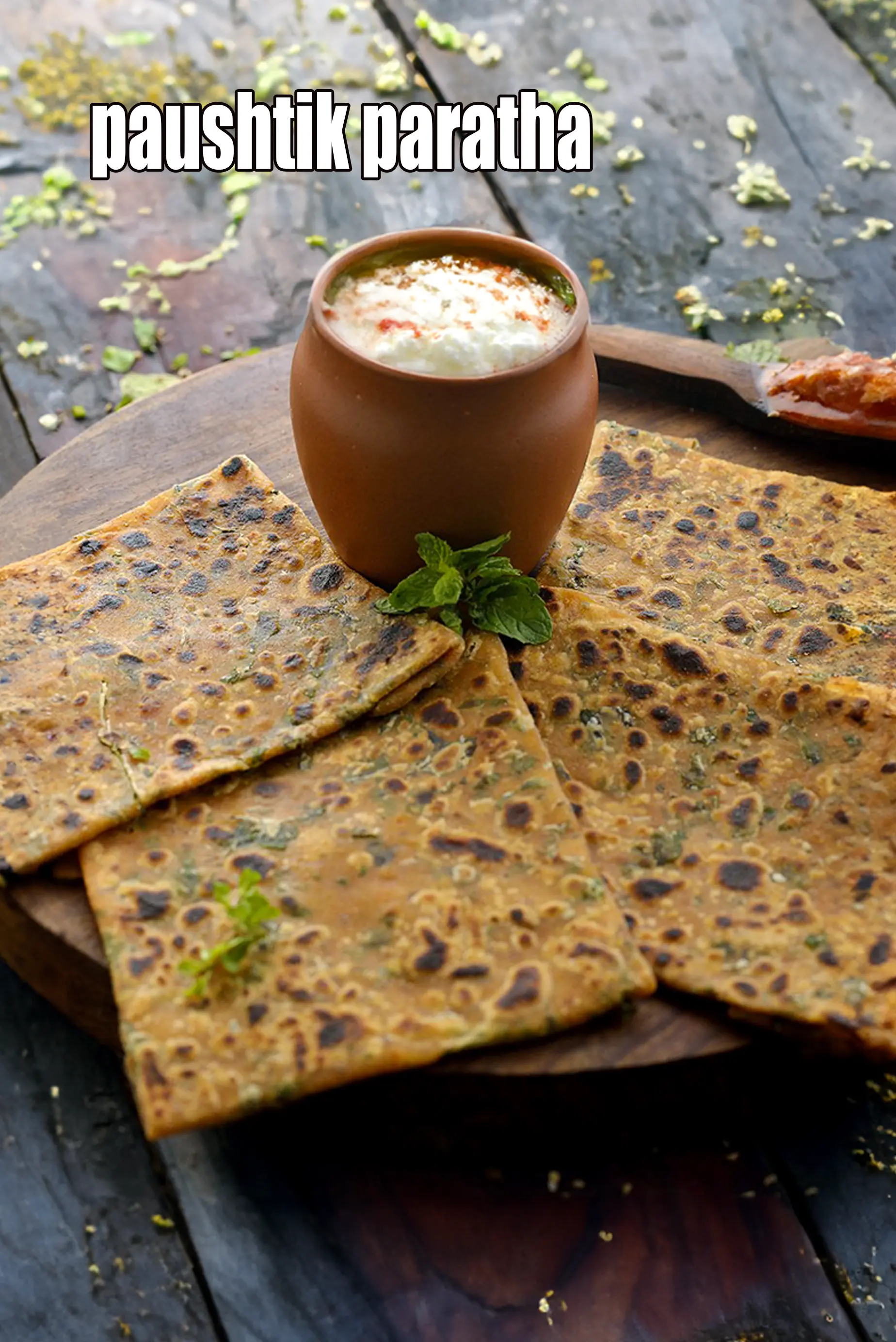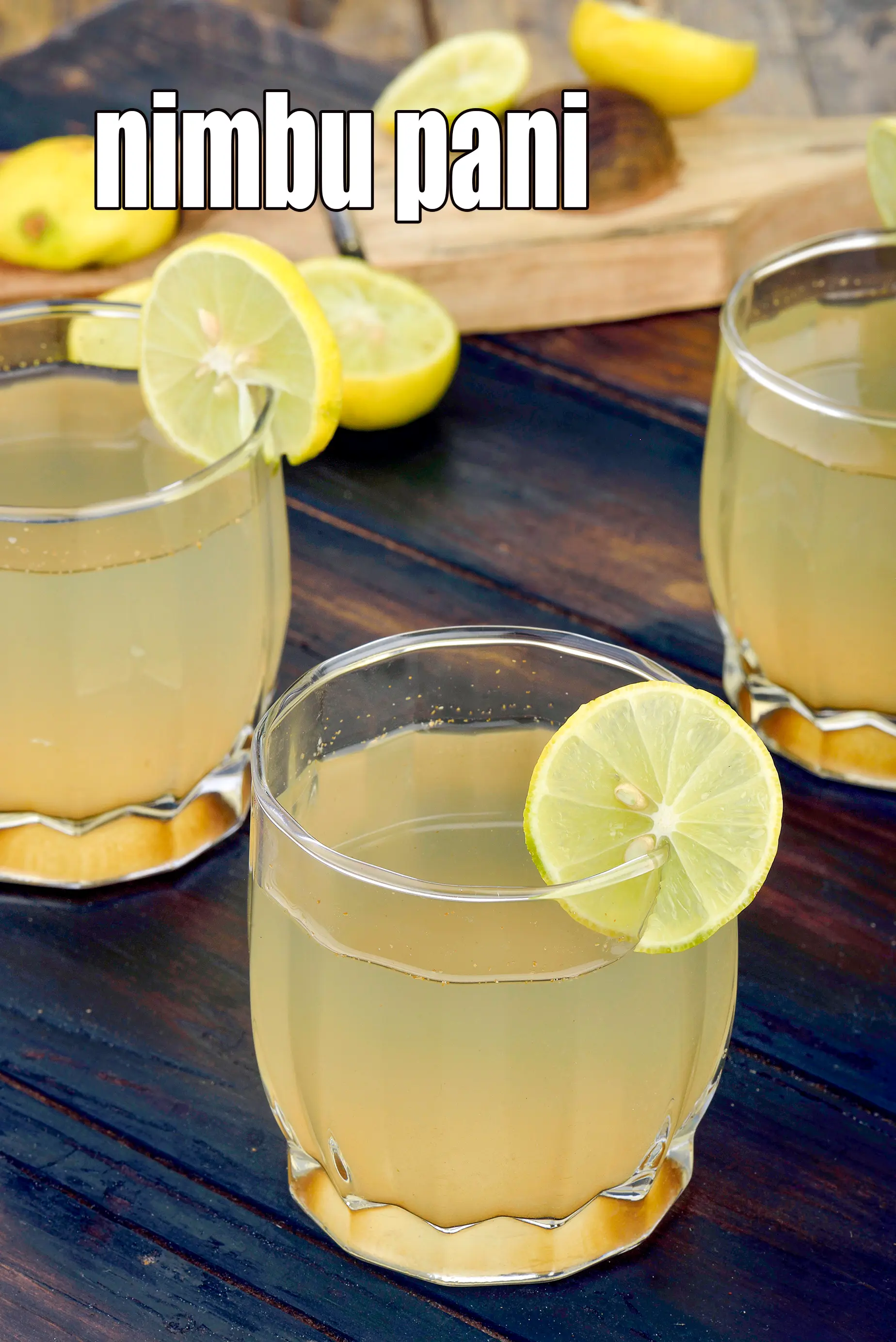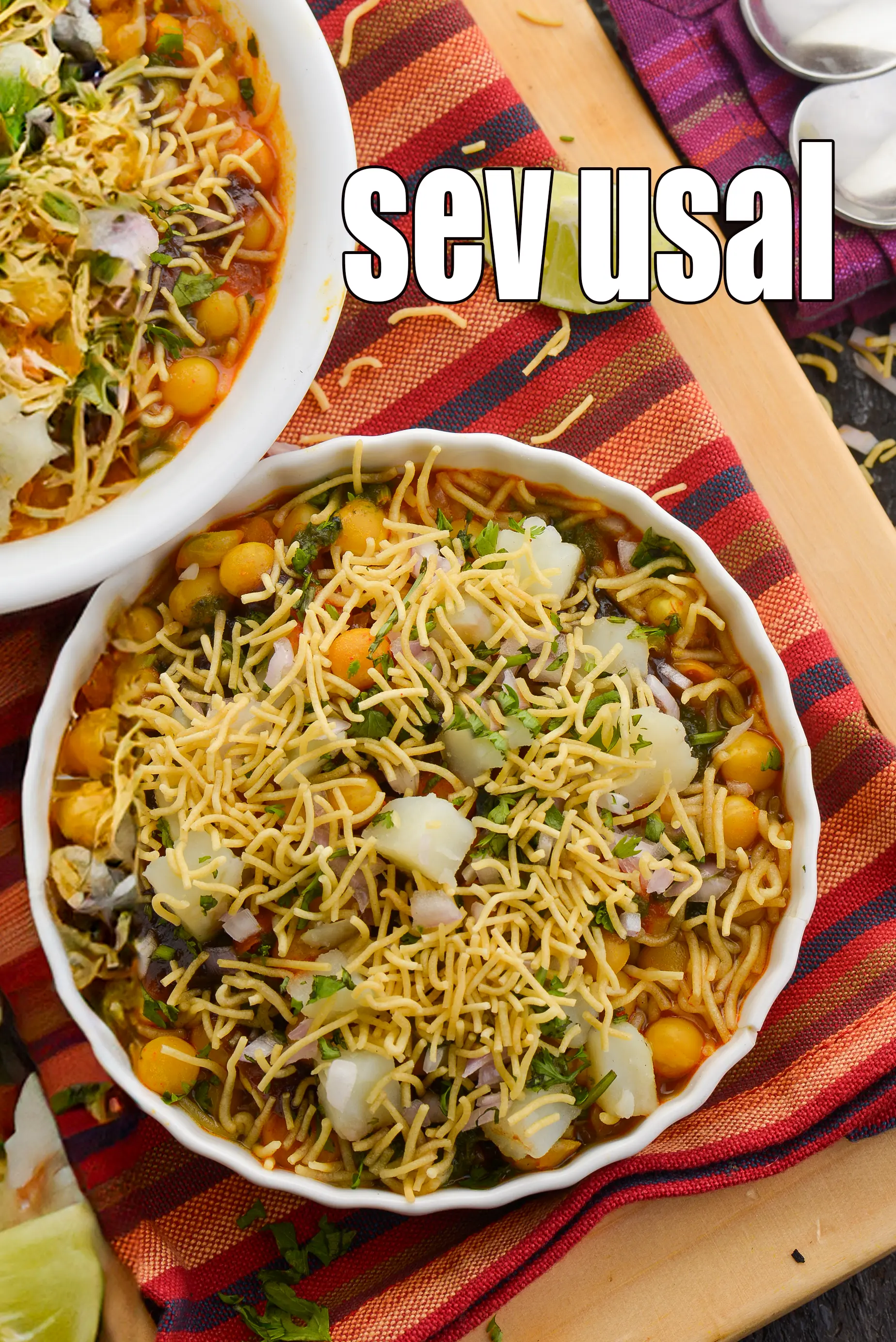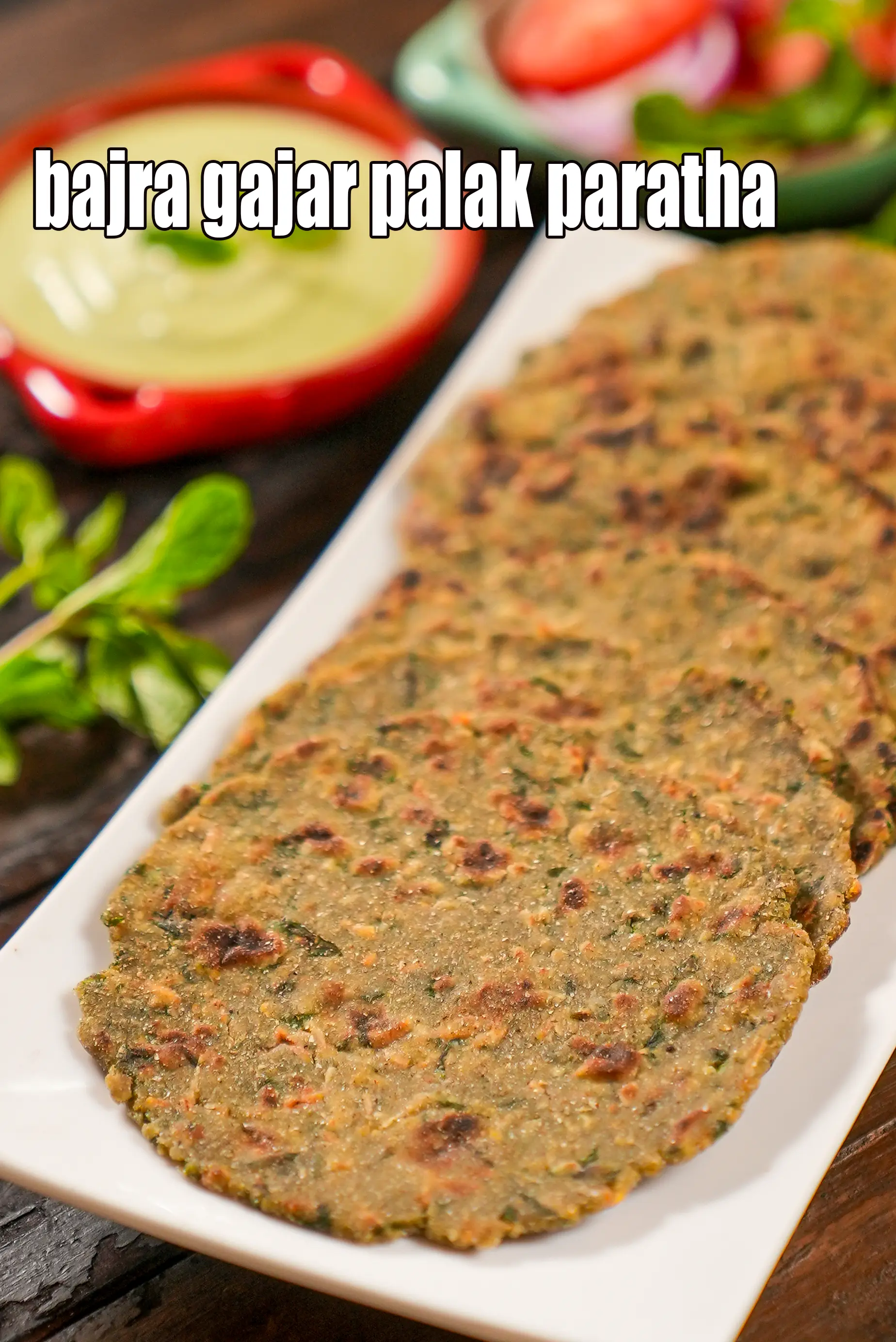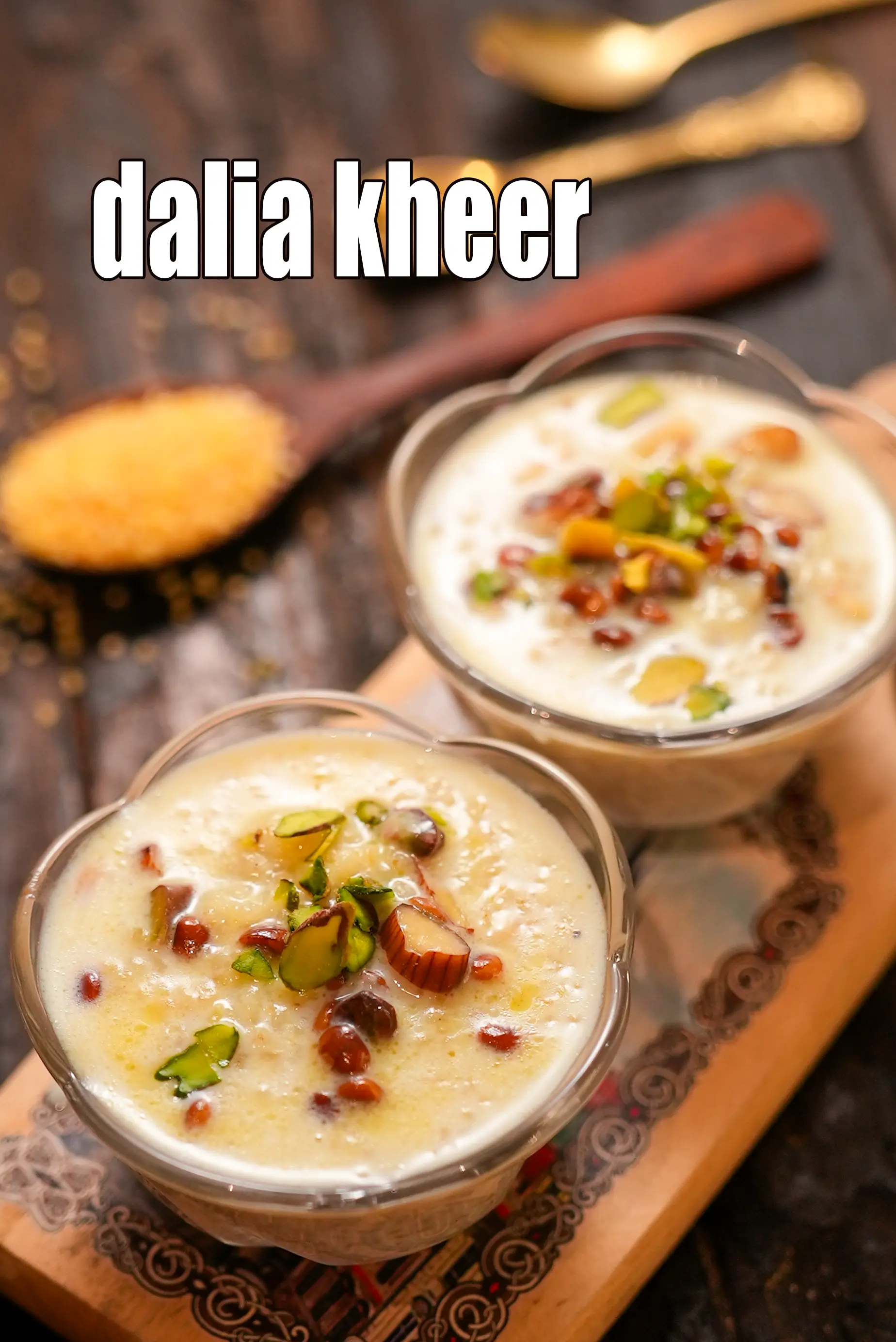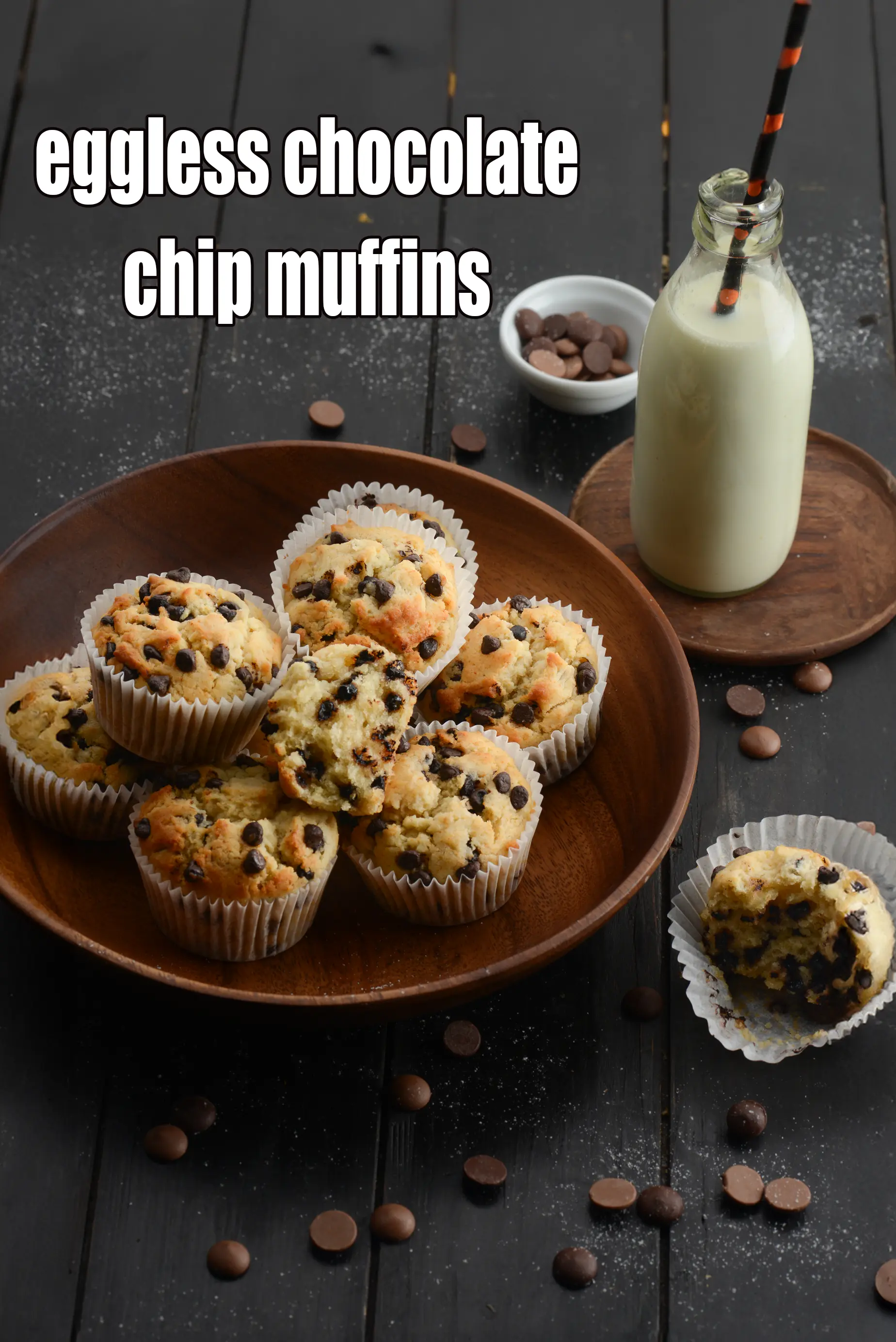Nutritional Facts of Bajra Khichdi To Control Acidity, Calories in Bajra Khichdi To Control Acidity
This calorie page has been viewed 11563 times
Healthy Indian Recipes
Course
Table of Content
How many calories does one serving of Bajra Khichdi have?
One serving of Bajra Khichdi (250 grams ) gives 252 calories. Out of which carbohydrates comprise 153 calories, proteins account for 45 calories and remaining calories come from fat which is 54 calories. One serving of Bajra Khichdi provides about 13 percent of the total daily calorie requirement of a standard adult diet of 2,000 calories.
Bajra Khichdi recipe serves 3, 250 grams per serving.
252 calories for 1 serving of Bajra Khichdi with yellow moong dal, Cholesterol 0 mg, Carbohydrates 38.2g, Protein 11.3g, Fat 6.1g. Find how much fibre, iron, calcium, zinc, magnesium, phosphorus, sodium, potassium, folic acid is present in Bajra Khichdi..
bajra khichdi for acidity recipe | healthy bajra khichdi to control acidity | bajre ki khichdi Indian style | with 20 amazing recipes.
bajra khichdi for acidity recipe | healthy bajra khichdi to control acidity | bajre ki khichdi Indian style is a one dish meal soothing to the stomach. Learn how to make healthy bajra khichdi to control acidity.
To make bajra khichdi for acidity, combine the bajra, moong dal, salt and 2 cups of water in a pressure cooker, mix well and pressure cook for 4 whistles. Allow the steam to escape before opening the lid. Keep aside. Heat the ghee in a deep pan and add the cumin seeds. When the seeds crackle, add the asafoetida, turmeric powder and sauté for a few seconds. Add the cooked bajra and moong dal and salt, mix well and cook on a medium flame for 2 to 3 minutes, while stirring occasionally. Serve the bajra khichdi to control acidity immediately.
Bajra is one of the cereals, other than jowar, which is alkaline by nature and thus suitable for those suffering from acidity. Healthy bajra khichdi to control acidity has been wisely paired with yellow moong dal, which is the most easiest to digest amongst all the dals.
Furthermore, all the spices added (cumin seeds, asafoetida and turmeric powder) in bajre ki khichdi Indian style also promote digestive health. Try this Alkaline Bajra Khichdi instead of fat-laden and maida-based delicacies, for dinner. This is sure to prevent acidity attacks at night.
With not much effort from your side, you can cook and serve this health treat on table within 20 minutes. You will surely enjoy the soft mouthfeel of cooked bajra. Serve bajra khichdi for acidity with a bowl of curd it if suits you. Else have a glass of buttermilk – this aids in digestion too.
Is Bajra Khichdi healthy?
Yes, this is healthy. But restrictions apply to some.
Let's understand the Ingredients.
What's good.
Bajra flour : Bajra flour is high in protein and is a complete protein for vegetarians when combined with dal. So as a Vegetarian, include bajra in your diet. Bajra is a great option for those on a gluten free diet. Bajra is rich in Magnesium which improves insulin response by lowering insulin resistance which is good for Diabetics and healthy heart but to be had in restricted quantity and had with low fat curds or raita to minimise the carb impact. See here for the 18 benefits of bajra flour and why you should have it.
Yellow Moong Dal : The fibre (4.1 g in ¼ cup) present in yellow moong dal prevents the deposition of bad cholesterol (LDL) in the arteries which promotes a healthy heart in turn. Packed with nutrients like zinc (1.4 mg), protein (12.2 mg) and iron (1.95 mg), yellow moong dal helps to maintain the elasticity of your skin and help to keep it moist. Fiber, potassium and magnesium from yellow moong dal will work together to regulate blood pressure and soothe the nerves and is diabetic friendly. See here for details of 7 amazing benefits of yellow moong dal.
Ghee : Other than calories and fats, the only nutrients that ghee is rich in are the vitamins – all of which are fat-soluble. All the 3 vitamins (Vitamin A, Vitamin E and Vitamin K) are antioxidants which have a role in removing free radicals from the body and protecting our cell as well as help in maintaining skin health and glow. Ghee is an excellent, high-quality selection medium of cooking because of its high smoke point. As compared to most oils and butter, ghee can handle a smoke point of 230°C, 450°F, thus its less prone to oxidant and destruction of nutrients. Yes, ghee does contain cholesterol, but some amount of cholesterol is needed by the body. Cholesterol has some functions to play too. It is necessary for hormone production, brain function, cell health and lubricating the joints. It is, in reality, a high quality fat for the body and brain. Ghee is loaded with fats but that’s medium chain fatty acids (MCT) which aid in weight loss. Ghee is healthy for daibetics in small amounts and you need to check your fat intake at the same time. Learn to easily make your ghee at home which is free of preservatives. See benefits of ghee.
Can diabetics, heart patients and over weight individuals have Bajra Khichdi ?
Yes, this recipe is good for diabetics, heart and weight loss. Bajra is rich in Magnesium which improves insulin response by lowering insulin resistance which is good for Diabetics and healthy heart but to be had in restricted quantity and had with low fat curds or raita to minimise the carb impact. The fibre (4.1 g in ¼ cup) present in yellow moong dal prevents the deposition of bad cholesterol (LDL) in the arteries which promotes a healthy heart in turn.
Some other healthy Khichdi recipes to choose from
We suggest the following healthy khichdi like fada ni khichdi recipe, vitamin khichdi recipe, buckwheat moong dal and vegetable khichdi, bajra moong and green peas khichdi and barley khichdi. All these recipes have ZERO usage of rice and portion control is suggested for diabetics.
What is a healthy accompaniment to this Khichdi?
We suggest you pair it with homemade curds using cows milk or low fat curds or a cucumber and pudina raita.
Can healthy individuals have Bajra Khichdi ?
Yes.
Bajra Khichdi is rich in below macronutrients, vitamins and minerals given in descending order (highest to lowest).
- Folic Acid (Vitamin B9): Folic acid is an essential vitamin required throughout pregnancy. Folic acid rich Indian foods (kabuli chana, chana dal, yellow moong dal, urad dal, toor dal , sesame seeds ). 30% of RDA.
- Fiber : Dietary fiber reduces the risk of heart disease, prevents the spike in blood sugar levels and hence super for diabetics. Consume more fruits, vegetables (green peas , carrot, bitter gourd ), dals ( chana dal, urad dal , toovar dal) moong, oats, matki, whole grains . 23% of RDA.
- Protein : Protein is required for managing the wear and tear of all cells of the body. Have protein rich Indian foods like curds, paneer, Greek yoghurt, tofu, almonds, sprouts, chana, rajma, chick peas, quinoa, buckwheat ). 21% of RDA.
- Magnesium : Magnesium is required for formation of bones and teeth. It helps in the metabolism of calcium and potassium. magnesium rich Indian foods like leafy vegetables ( spinach, broccoli, kale), pulses ( rajma, chawli, moong ), nuts (walnuts, almonds) , cereals ( jowar, bajra, whole wheat flour, dalia). 21% of RDA.
- Vitamin B1 (Thiamine) : Vitamin B1 protects nerves, helps in carbohydrate metabolism, prevents heart diseases and helps produce red blood cells. Indian Foods rich in B1 are Flax seeds (alsi), Sunflower seeds, sesame seeds, Garden cress seeds (halim), capsicum, whole wheat flour , chana dal, moong, walnuts, masoor dal, brown rice , jowar, bajra. 20% of RDA.
- Zinc : Zinc is involved in collagen synthesis and this helps repair skin and helps build immunity. See our zinc rich Indian foods and recipes like pumpkin seeds, nuts, whole grains like jowar, bajra, barley. Pulses like moong, rajma, chick peas. Dals like Urad Dal, Chana Dal, Toovar Dal, Masoor Dal etc. However the grains and pulses have phytates in them which hinder zinc absorption. Hence nuts are a better source of zinc in vegan diets. 18% of RDA.
- Iron : Iron is essential in the chemical reactions that produce energy from foods. Eat more greens and garden cress seeds to prevent you from being anaemic. Here are the top 7 sources of iron rich foods. 17% of RDA.
How to burn 252 calories that come from one serving of Bajra Khichdi?
Walking (6 kmph) = 1 hr 16 mins
Running (11 kmph) = 25 mins
Cycling (30 kmph) = 34 mins
Swimming (2 kmph) = 43 mins
Note: These values are approximate and calorie burning differs in each individual.
| Energy | 252 cal |
| Protein | 11.3 g |
| Carbohydrates | 38.2 g |
| Fiber | 5.8 g |
| Fat | 6.1 g |
| Cholesterol | 0 mg |
| Vitamin A | 91 mcg |
| Vitamin B1 | 0.2 mg |
| Vitamin B2 | 0.1 mg |
| Vitamin B3 | 1.4 mg |
| Vitamin C | 0 mg |
| Folic Acid | 59 mcg |
| Calcium | 36.3 mg |
| Iron | 3.5 mg |
| Magnesium | 74 mg |
| Phosphorus | 81.4 mg |
| Sodium | 12 mg |
| Potassium | 466.2 mg |
| Zinc | 1.8 mg |

Click here to view Bajra Khichdi To Control Acidity
Calories in other related recipes
